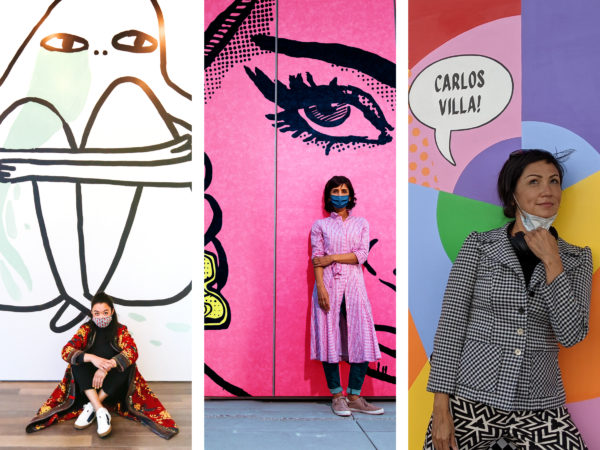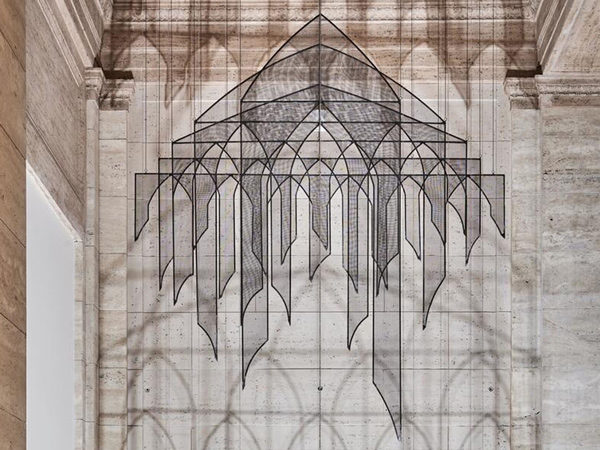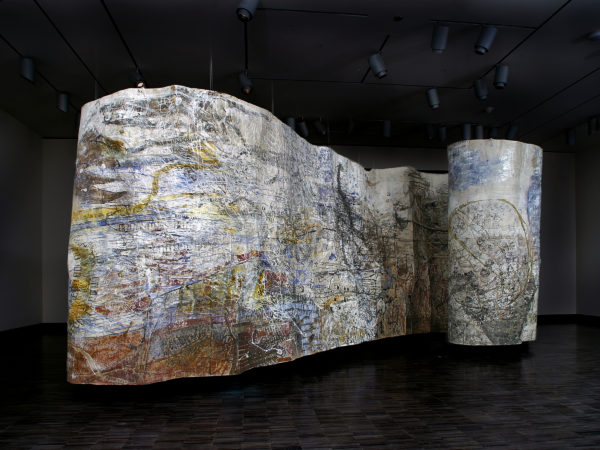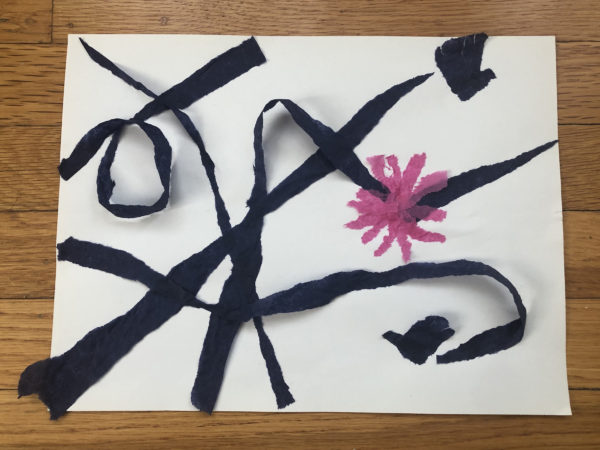Activity
Hexagonal vase with phoenixes, Ming dynasty (1368–1644)
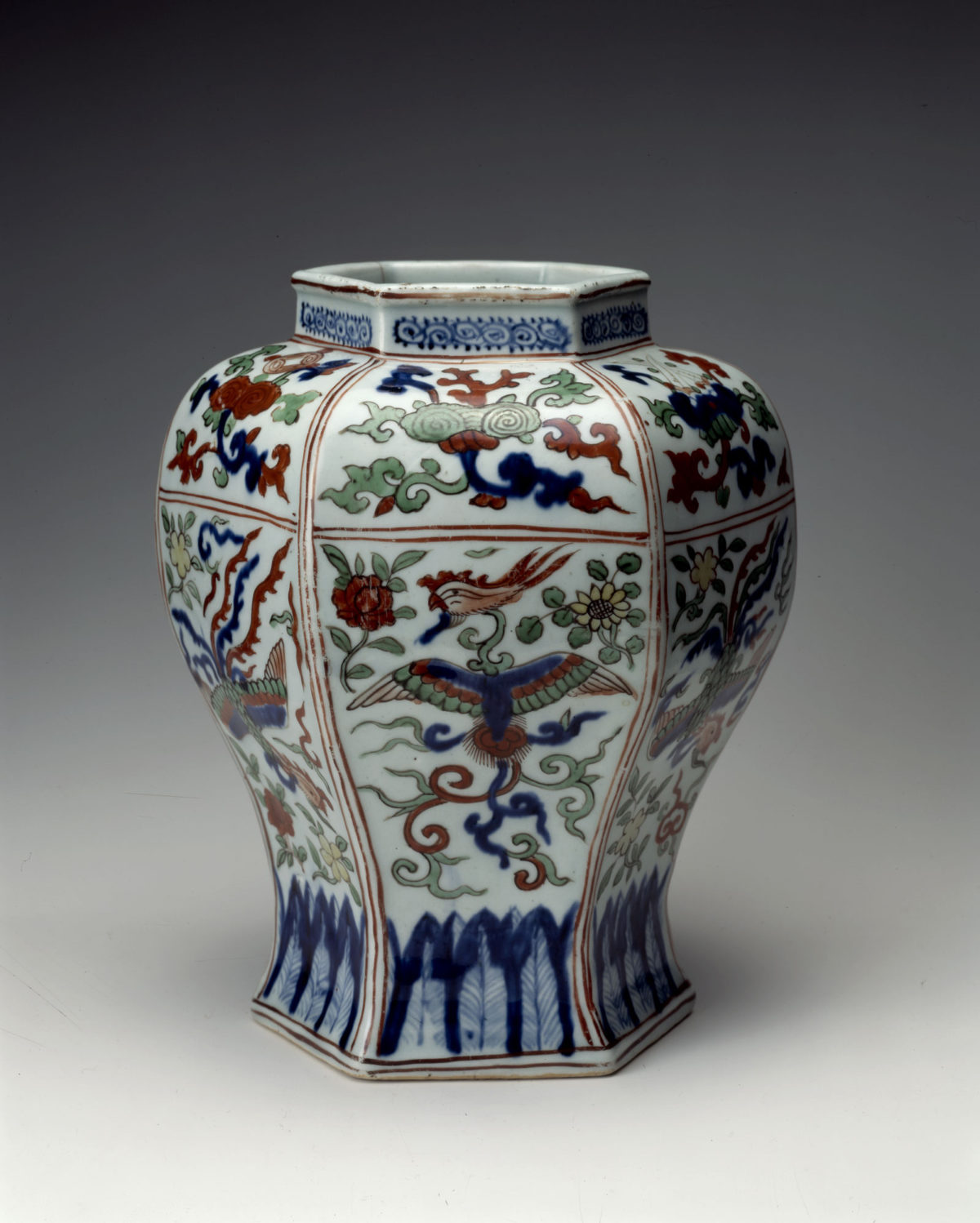
Hexagonal vase with phoenixes
As polychrome decoration gained more widespread popularity, advances in the technique were made during the Jiajing period. Potters learned to mix finely ground minerals, such as iron, copper, or cobalt, in order to obtain subdued color hues. Color themes were much more broadened and enriched than those of the fifteenth century. These two pieces from the Avery Brundage Collection illustrate a method of polychrome decoration in which painting,as well as firing, occurred twice: preceding glaze and over previously fired glaze. Underglaze blue, rather than being used only for outlines as shown on the cup from the Palace Museum (cat. no. 82), was used together with overglaze pigments as color shading to complete the design. The pictorial scene on the covered jar presents an exuberant theme with seven tones in overall harmony. That the potter sought out new color hues is evident in the attenuated greens and overlapping oranges and reds. The potter’s masterly use of tone, clay, and design make this jar especially precious.




